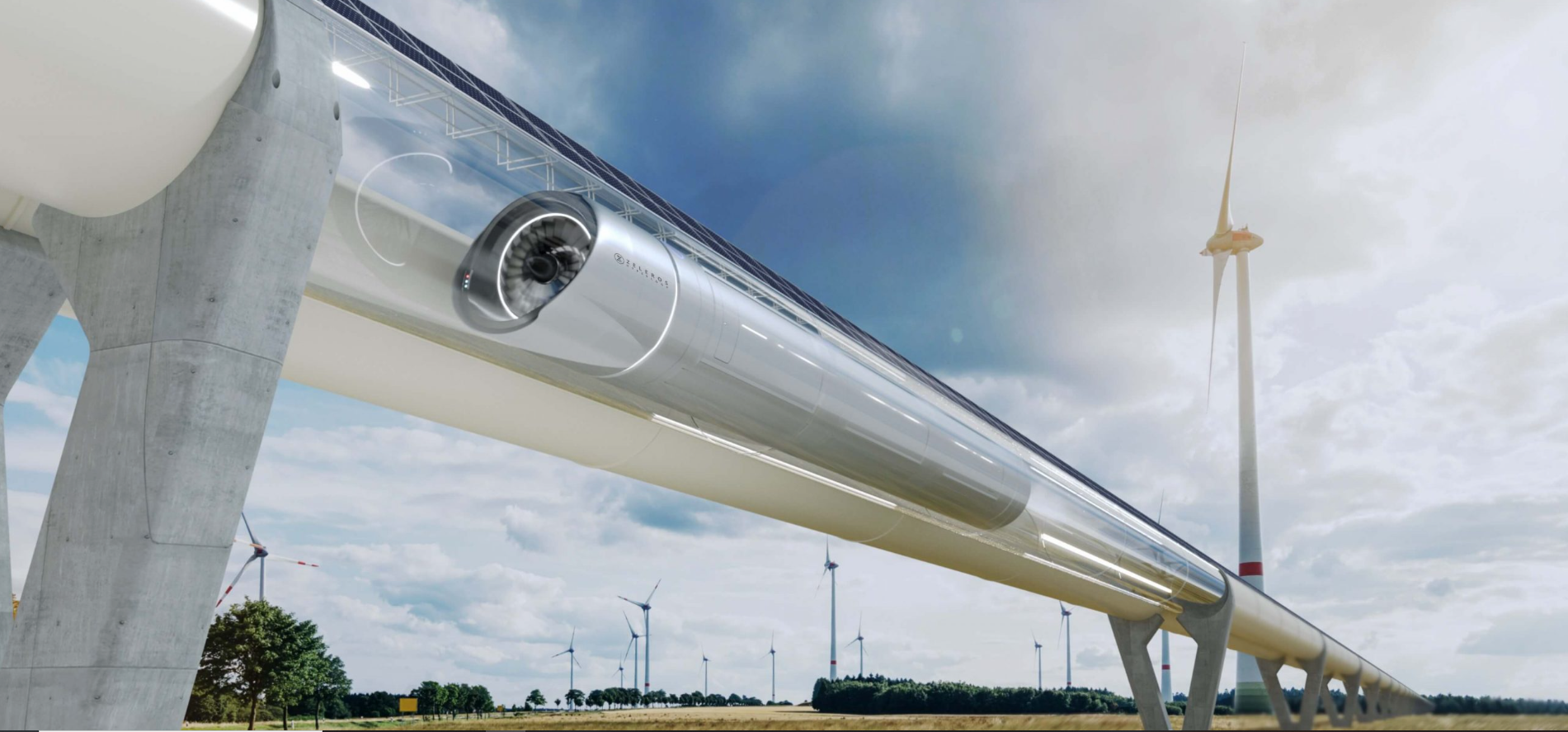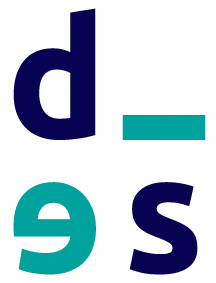12/06/2020
Disruption is the new normal. This should not be a headache or a cause of panic for anyone, but the impetus to embark on an exciting journey of transformation. This is how Iván Bofarull, Chief Innovation Officer at Esade, explains ‘Moonshot Thinking’, a mental model that puts exponential improvements (10x) before incremental ones (+10%).
The writer also explained in Las mañanas del Mañana, the cycle of conferences organized by DigitalES, the foundations on which this model is based, aimed at transforming disruptive innovation into an opportunity and cited the examples of 6 companies that have already achieved this worldwide. These are some of his amazing achievements.
- Relativity Space
It is a company created by former Blue Origin and SpaceX employees that is working to conduct the first test launch of its Terran 1 rocket in 2020.
The particularity of the Terran is that it will be a rocket that will be 95% manufactured by 3D printing . Employing these processes allows reducing the number of parts of a rocket from about 100,000 to approximately 1,000.
- Redefine Meat
It is an Israeli company that prints vegetable-based meats. The “animal-free” meat manufactured by this company is created from fairly simple ingredients: three sources of protein from plants, fat and water. Instead of using extrusion or pressure, Redefine Meat uses 3D printing to give its products a more flavorful and realistic texture.
The company considers the meat industry to be the most inefficient on the planet, as the 1 billion livestock animals consume more water than all humans on the planet, generate more than 10% of the environmental pollution, eat enough to feed the whole of humanity and take up so much space that they have generated serious environmental problems. All of this, they argue, can be solved with 3D printing.
- Zeleros Hyperloop
One of the best known cases in Spain due to his Valencian roots. The hyperloop is a vehicle that aims to become the best alternative to efficiently cover routes of between 400 and 1,500 kilometers, with a special focus on reducing infrastructure costs and passenger safety.
Zeleros’ main objective is to design and develop new hyperloop technologies to achieve a more sustainable and efficient transport, allowing for a more sustainable future. traveling at speeds of 1000 km/h with clean energy, and combining the best of aerospace and rail by means of a depressurized tube system.

- Gojek
It is an Indonesian company that started out competing with Uber for the local market, which it quickly took over by adapting better by offering scooters instead of cars. But it soon transformed itself and began to offer multiple services beyond mobility, including financial services such as Gopay and Gobills.
Gojek users can now contract through this app more than 20 different types of products and services: home delivery of food; massages; video-streaming of movies and series; online games; digital payments…
Today, 54% of Indonesia’s population already has cell phones, or around 140 million people.
- Waymo
The autonomous car company spun off from Google has already improved on some points the capabilities of a human driver and allows, for example, to see a stop sign 500 meters away.
Its latest generation has also succeeded in halving the manufacturing cost of the vehicles.
- All Nippon Airways
Japan’s largest airline aims to reinvent travel by removing airplanes from the equation and adding telepresence robots.
To this end, it has introduced newme, a tablet-like robot on a vertical pole on top of a mobile structure. It will be available to people who are unable or unwilling to board an airplane for a day trip to one of the airline’s destinations.
It aims to abolish queues, establish virtual vacations and revolutionize tourism and communication. A particularly disruptive case if we consider that it is driven by an airline, which seeks to grow beyond its customers and competitors.
https://www.youtube.com/watch?time_continue=1&v=u0ojZhvy0Bg&feature=emb_logo









